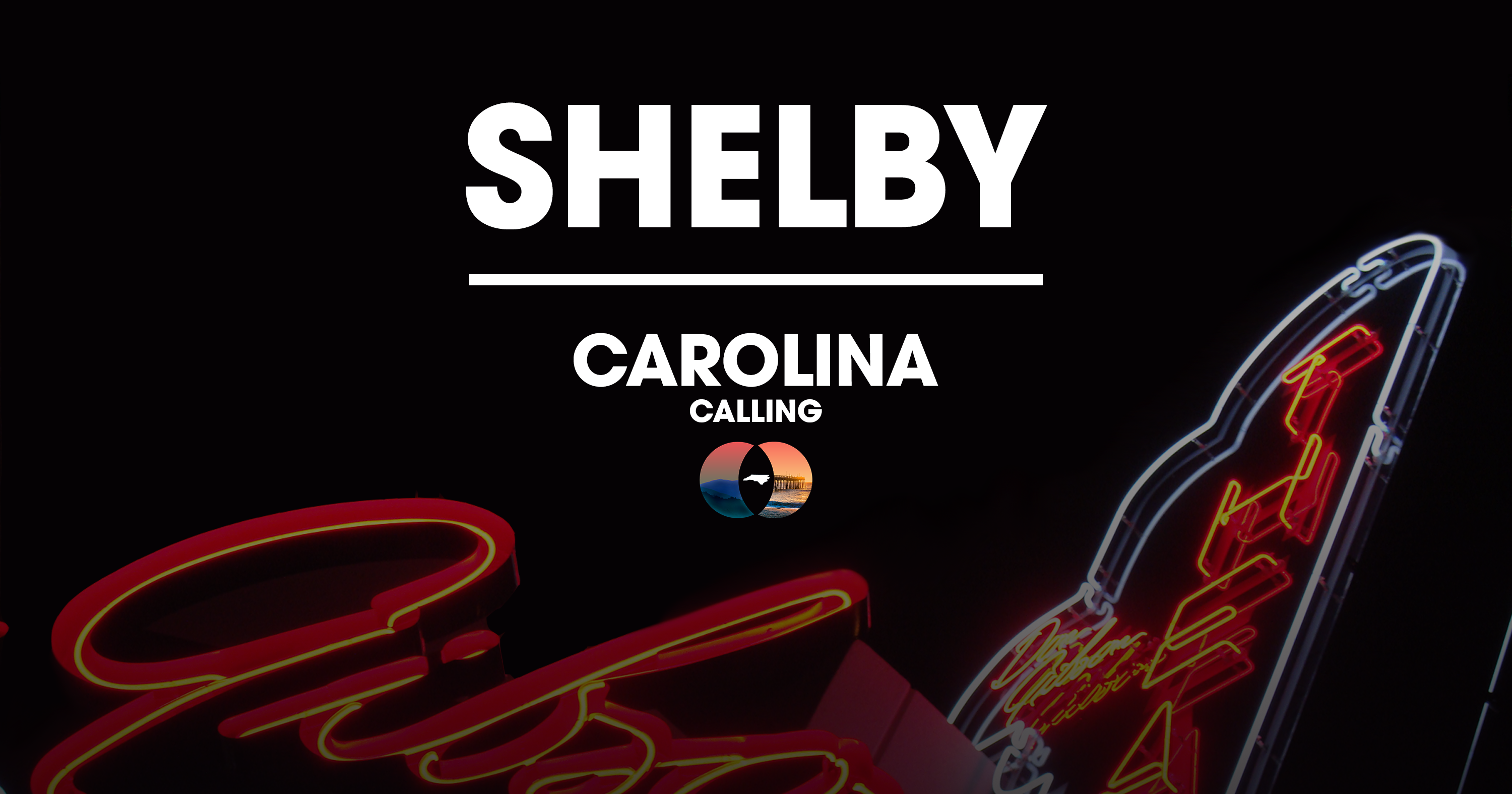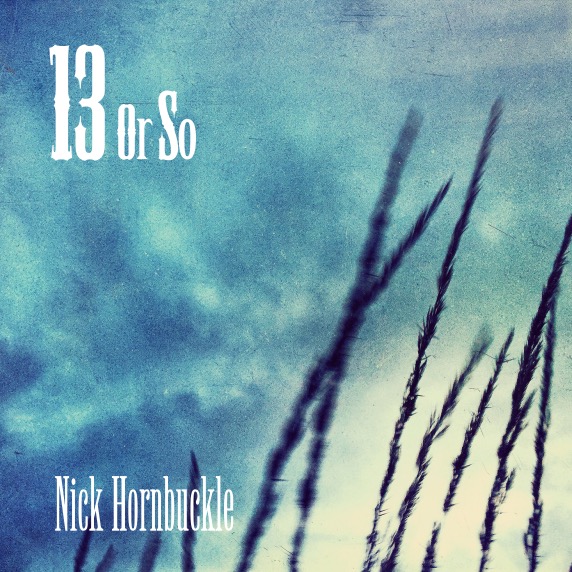The image of bluegrass is mountain music played and heard at high altitudes and towns like Deep Gap and remote mountain hollers across the Appalachians. But the earliest form of the music originated at lower elevations, in textile towns across the North Carolina Piedmont. As far back as the 1920s, old-time string bands like Charlie Poole’s North Carolina Ramblers were playing an early form of the music in textile towns, like Gastonia, Spray, and Shelby – in Cleveland County west of Charlotte.
In this second episode of Carolina Calling, a podcast exploring the history of North Carolina through its music and the musicians who made it, we visit the small town of Shelby: a seemingly quiet place, like most small Southern towns one might pass by in their travels. Until you see the signs for the likes of the Don Gibson Theatre and the Earl Scruggs Center, you wouldn’t guess that it was the town that raised two of the most influential musicians and songwriters in bluegrass and country music: Earl Scruggs, one of the most important musicians in the birth of bluegrass, whose banjo playing was so innovative that it still bears his name, “Scruggs style,” and Don Gibson, one of the greatest songwriters in the pop & country pantheon, who wrote “I Can’t Stop Loving You,” “Sweet Dreams,” and other songs you know by heart. For both Don Gibson and Earl Scruggs, Shelby is where it all began.
Subscribe to Carolina Calling on any and all podcast platforms to follow along as we journey across the Old North State, visiting towns like Greensboro, Durham, Wilmington, Asheville, and more.
Music featured in this episode:
Charlie Poole & The North Carolina Ramblers – “Take a Drink On Me”
Flatt & Scruggs – “Ground Speed”
Don Gibson – “I Can’t Stop Loving You”
Andrew Marlin – “Erie Fiddler” (Carolina Calling Theme)
Hedy West – “Cotton Mill Girl”
Blind Boy Fuller – “Rag Mama, Rag”
Don Gibson – “Sea Of Heartbreak”
Patsy Cline – “Sweet Dreams ”
Ray Charles – “I Can’t Stop Loving You”
Ronnie Milsap – “(I’d Be) A Legend In My Time”
Elvis Presley – “Crying In The Chapel”
Hank Snow – “Oh Lonesome Me”
Don Gibson – “Sweet Dreams”
Don Gibson – “Oh Lonesome Me”
Chet Atkins – “Oh Lonesome Me”
Johnny Cash – “Oh, Lonesome Me”
The Everly Brothers – “Oh Lonesome Me”
Neil Young – “Oh Lonesome Me”
Flatt & Scruggs – “Foggy Mountain Breakdown”
Bill Preston – “Holy, Holy, Holy”
Flat & Scruggs – “We’ll Meet Again Sweetheart”
Snuffy Jenkins – “Careless Love”
Bill Monroe – “Uncle Pen”
Bill Monroe – “It’s Mighty Dark To Travel”
The Earl Scruggs Revue – “I Shall Be Released”
The Band – “I Shall Be Released”
Nitty Gritty Dirt Band – “Will The Circle Be Unbroken”
The Country Gentlemen – “Fox On The Run”
Sonny Terry – “Whoopin’ The Blues”
Sonny Terry & Brownie McGee – “Born With The Blues (Live)”
Nina Simone – “I Wish I Knew How It Would Feel To Be Free”
BGS is proud to produce Carolina Calling in partnership with Come Hear NC, a campaign from the North Carolina Department of Natural & Cultural Resources designed to celebrate North Carolinians’ contribution to the canon of American music.

